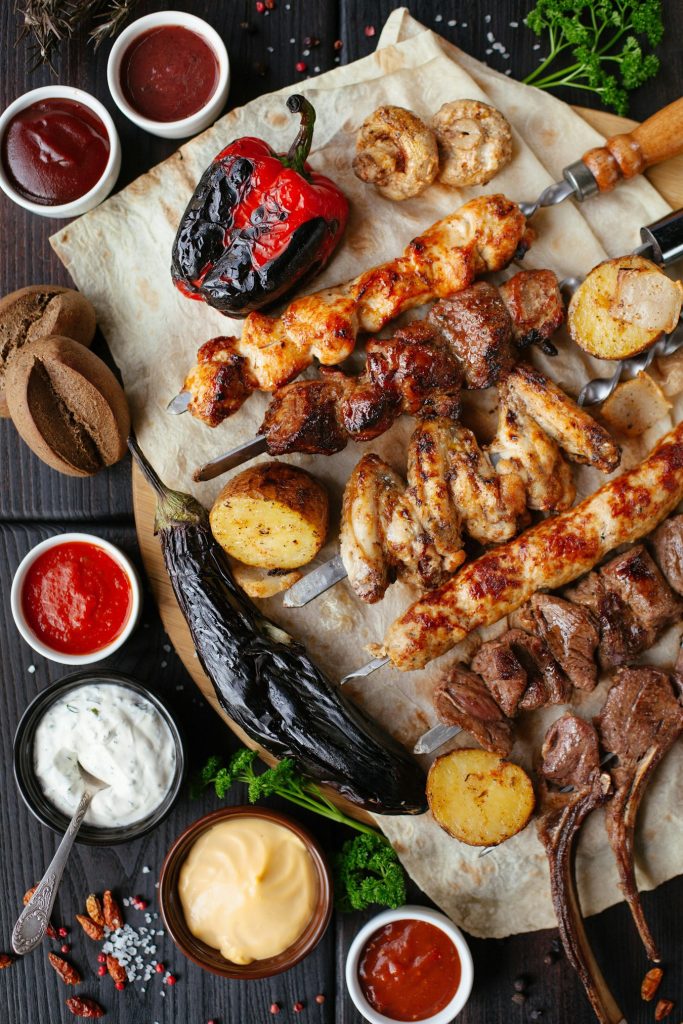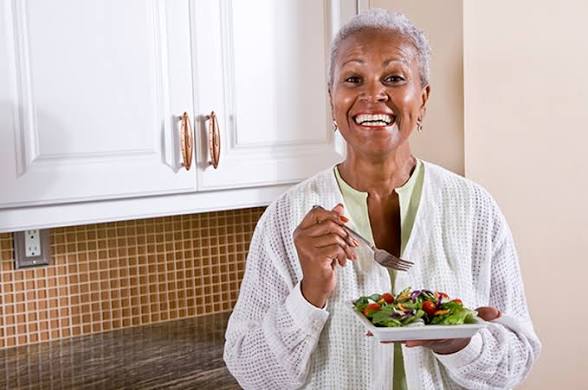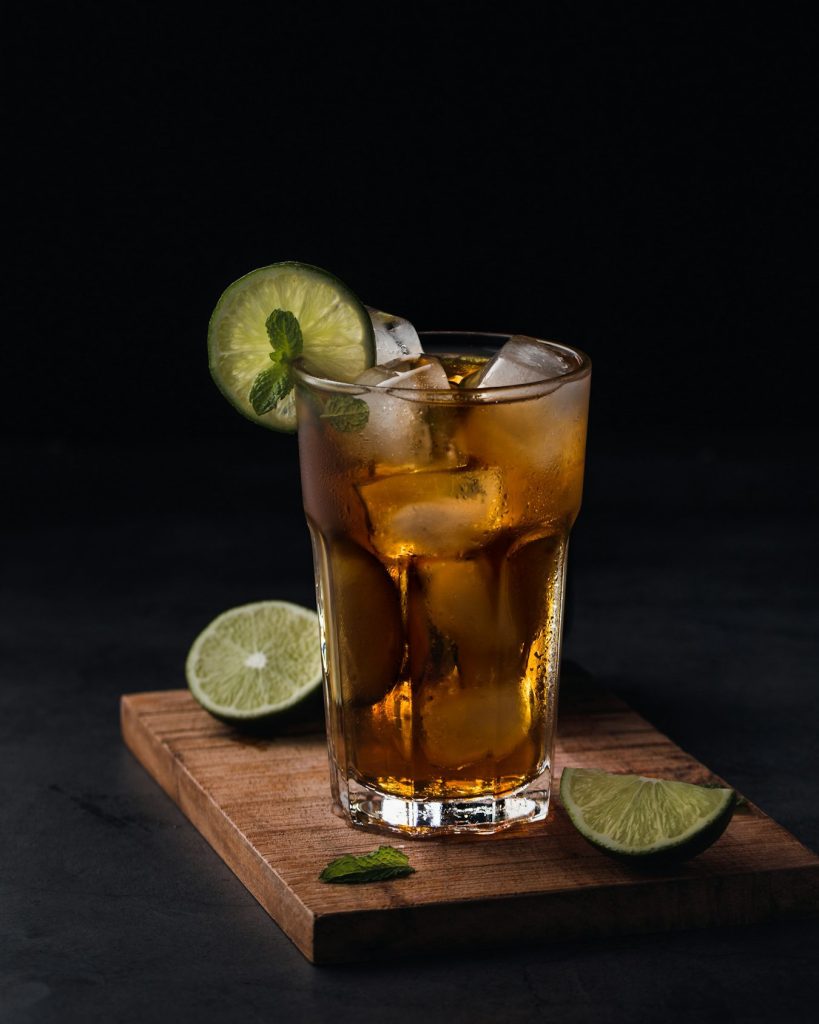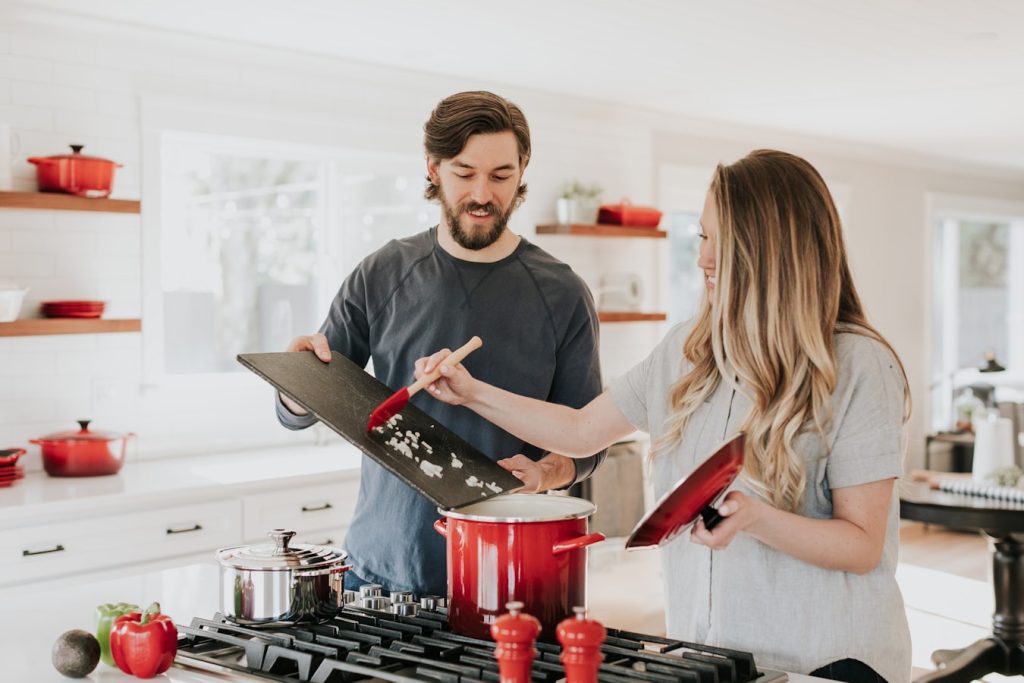How Color, Comfort and Company on the Plate Become Medicine for Seniors and Adults with Special Needs—Without Ever Opening a Pill Bottle

The Quiet Alarm
Mrs. Jenkins, 84, was calling 911 at 10 a.m. twice a week—shaky, sweaty, frightened. Paramedics always arrived to find the same thing: her blood sugar had crashed because she drank black coffee on an empty stomach and forgot to eat. After Patient Care of Houston placed a morning caregiver in her home, the 911 calls stopped. The fix was a spinach-and-egg taco the size of her palm, eaten while the coffee brewed. Same kitchen table she’s used since 1973, same floral placemat, same fork with the bent tine she’s had since her husband straightened it forty years ago. Nothing about her life changed—except the timing of breakfast. That single plate rewired her day, and her neighborhood paramedics now drive past without recognizing the house.
Why Familiar Walls Need Familiar Foods
We are a non-medical agency; we don’t diagnose, medicate or monitor vitals with clinical tools. What we do is shop, chop, sauté and sit. Research from Johns Hopkins (2020) shows that simply eating in one’s own dining room can lower post-meal cortisol by 28 % compared with eating the identical meal in an unfamiliar place. The brain relaxes when the wallpaper, the creak in the floorboard, the afternoon light on the curtains remain constant. Pair that environment with the right macro-nutrients and you don’t just feed muscle—you feed memory, safety and identity.

The Sunrise Plate Strategy
The first 45 minutes after waking decide the next 12 hours. We plate protein first (eggs, Greek yogurt, turkey sausage) because it stabilizes glucose and prevents the late-morning dip that triggers confusion in early-stage dementia. Next we add color: a scoop of berries for anthocyanins that support neural signaling, and a sliver of orange wedge squeezed into warm water for hydration that’s gentle on reflux. The entire meal fits on a salad plate; smaller crockery prevents over-filling and the visual intimidation a full dinner plate can cause when appetite is low.
Texture without Shame
Dysphagia diets often feel like baby food—because they literally are. We rename and reframe: “Minced & Moist” becomes “Bistro Hash,” “Pureed & Proud” becomes “Velvet Soup.” Foods are served in the same Fiesta-ware the family has always used, garnished with a single bright herb leaf so the plate looks like it came from a food truck, not a hospital cart. Result: clients eat 20 % more calories when the visual cue signals dignity instead of deficit.
The Fluid Rainbow
Dehydration is the number one reason our clients end up in urgent care, yet nagging “Drink water” triggers resistance. We freeze 100 % juice in ice-cube trays—red watermelon, orange mango, green kiwi-apple—and drop one cube into a clear glass. Watching the color melt is entertainment and hydration in one. Average daily fluid intake climbs 14 oz without a single verbal reminder.

Spice, Not Salt
Houston taste buds were raised on gumbo and Tex-Mex; cutting sodium feels like culinary exile. We swap salt for smoked paprika (gives bacon flavor), cinnamon (lowers post-prandial glucose spike 8–15 %) and turmeric plus black pepper (anti-inflammatory). Over six months one client shaved two blood-pressure points and kept the crawfish étouffée on the rotation list—just with a paprika finish instead of a salt shower.
Finger-Food Freedom
For adults with autism, Parkinson’s tremors or cerebral palsy, utensils can equal frustration. Every Friday we turn the plate into a toolbox: turkey-avocado roll-ups secured with colorful party pics, broccoli “trees” standing in hummus “soil,” waffle strips with yogurt dip. Self-feeding success rates jump 30 % when hands replace forks and the only rule is “no rules except chew well.”
The Shared-Table Timer
Loneliness drops calorie intake 25 % and conversation to zero. Our caregivers set a 20-minute sand timer and remain seated for the full cycle—no phone, no dishes, no side-tasks. The result is slower chewing (safer swallow) and an average of 37 extra words spoken per meal—gold for language-delay clients or seniors who haven’t spoken since spouse passed.
The Sunday Cook-In
One-pot wonders—turkey chili, veggie lasagna, lentil soup—are cooled, labeled with blue painter’s tape (easy-peel) and stacked in shoebox-sized freezer bins marked M T W R F. Monday’s bin sits on the second shelf; no bending, no digging, no “What’s for lunch?” crisis. A full month of meals is photographed and texted to adult children so they can see mom is eating rainbows even when they’re states away.

Closing Thought, Opening Invitation
Food is the only daily event that touches every sense at once: the sizzle sound, the cumin smell, the yellow of corn against a blue plate, the warmth of china on arthritic fingers, the memory of a husband who always saved the corner piece of lasagna for you. When we feed the body in the place that built the story, we don’t just prevent malnutrition—we turn on the lights inside.
Let Patient Care of Houston bring the grocery bags, the chopping board and the company. You keep the sunshine—and the fork with the bent tine.
Call 713-393-7738 or email hello@patientcareofhouston.com to schedule a no-cost kitchen assessment. We’ll slice the pineapple; you taste the brighter day.
